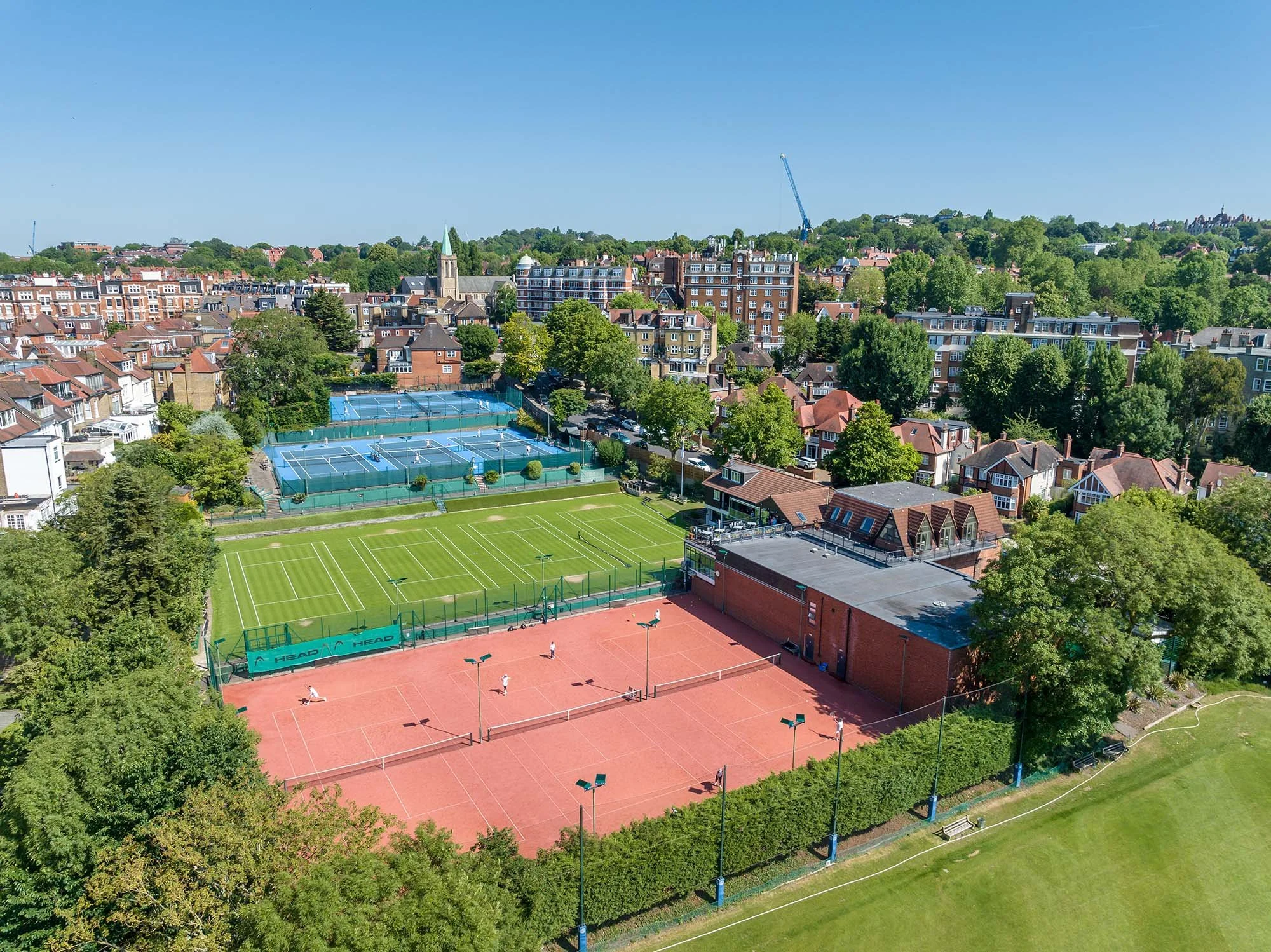Tennis in Sweden (and Beyond): Why Cost Is Tipping Talent Over the Edge
Tennis often feels like an elite sport—but not because of player passports; it's the cost of entry and continuity that creates barriers. A 2018 ITF analysis revealed that players in Sweden spend under 10% of net monthly income on rackets, similar to UK, Japan, Canada—but renting a court, equipment, coaching and travel quickly inflate budgets for regular play.
In Sweden, private lesson fees often exceed €60–80 per hour, while courts in many clubs run €15–35 per hour. For juniors or weekend players, that adds up fast. Many coaches echo that talent cannot progress without consistent training, yet for families outside urban centers or strong club systems, limited availability means sporadic training at best.
🔄 The Impact:
Talent drain: Promising juniors may quit early—not due to lack of passion, but to financial strain.
Social access imbalance: Youth from lower-income backgrounds rarely take up tennis, unlike track or football.
Club model rigidity: Many Swedish clubs lack a “pay-and-play” or seasonal membership model, favoring committed adult members. Public courts are rare, and municipal access is limited compared to countries with semi-public infrastructure.
✅ What Could Change:
Public or subsidized access models: Even a small weekly fee could democratize access.
Lower-cost entry-level coaching packages or community-led programs.
More flexible membership formats—such as pay‑as‑you‑go access or parent-child sessions.
✏️ Why This Matters:
Sport isn’t just about elite performance—it’s about social health and equity. Tennis offers mental resilience, community, and wellness benefits. But when cost disqualifies a majority from access, the sport becomes a privilege instead of a public good—a concerning trend in Swedish youth development and sporting culture alike.
Lowering financial barriers is not just necessary—it’s urgent. Because hidden potential lost due to cost is a collective loss for the sport and society.
